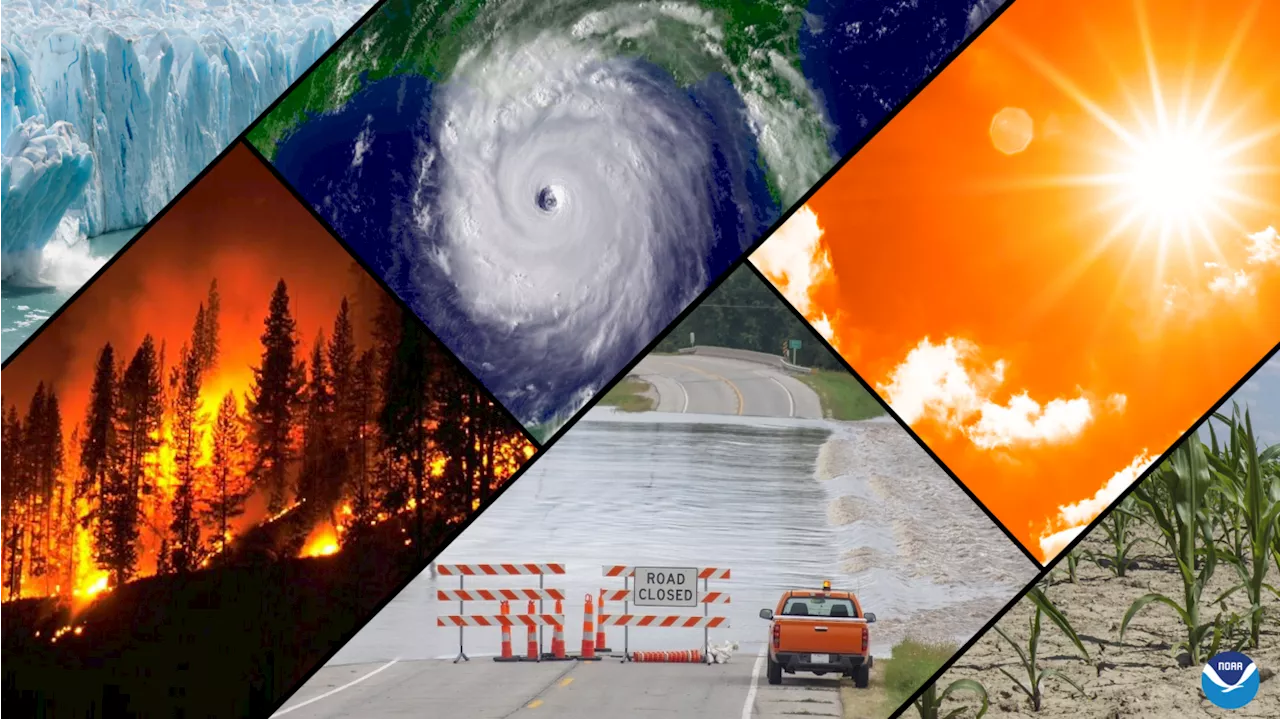NOAA’s JPSS polar-orbiting satellites, NOAA-20, NOAA-21, Suomi-NPP, watched iceberg A23a spend the month of February drifting around the Weddell Sea.
polar-orbiting satellites, NOAA-20, NOAA-21, Suomi-NPP, watched iceberg A23a spend the month of February drifting around the Weddell Sea between the South Orkney and South Shetland Islands of Antarctica using thethey each carry. Currently the largest iceberg in the world, at approximately 1,500 square miles in area, A23a is about the size of the U.S. state of Rhode Island.
Iceberg A23a calved from the Filchner–Ronne Ice Shelf in 1986 and had been stuck in the Weddell Sea off the coast of West Antarctica until it started moving again in 2020. When it calved, the iceberg was one of the largest icebergs in the world until it was temporarily surpassed in size by iceberg A76 .
NOAA’s Joint Polar Satellite System is the Nation’s advanced series of polar-orbiting environmental satellites. JPSS represents significant technological and scientific advancements in observations used for severe weather prediction and environmental monitoring. These data are critical to the timeliness and accuracy of forecasts three to seven days in advance of a severe weather event. JPSS is a collaborative effort between NOAA and NASA.
Canada Latest News, Canada Headlines
Similar News:You can also read news stories similar to this one that we have collected from other news sources.
 These 12 Deep Sea Sea Creatures Are More Comical Than CreepyAccustom to little light and high pressure, these unique sea creatures thrive in the cold ocean depths.
These 12 Deep Sea Sea Creatures Are More Comical Than CreepyAccustom to little light and high pressure, these unique sea creatures thrive in the cold ocean depths.
Read more »
NOAA-21 is Now the Primary Satellite in the JPSS FleetNOAA-21 is now operating as the primary satellite in NOAA’s advanced Joint Polar Satellite System, the agency announced today.
Read more »
 NOAA’s FY 2025 budget request supports Biden-Harris Administration goalsPriorities include observational infrastructure, climate resilience and expanded data and services
NOAA’s FY 2025 budget request supports Biden-Harris Administration goalsPriorities include observational infrastructure, climate resilience and expanded data and services
Read more »
 Meet the women of NOAA advancing greenhouse gas researchOceanic and Atmospheric Research (OAR) - or NOAA Research - provides the research foundation for understanding the complex systems that support our planet.
Meet the women of NOAA advancing greenhouse gas researchOceanic and Atmospheric Research (OAR) - or NOAA Research - provides the research foundation for understanding the complex systems that support our planet.
Read more »
NESDIS scientist to receive NOAA’s David S. Johnson AwardNESDIS scientist to receive NOAA’s David S. Johnson Award
Read more »
NOAA Celebrates the Light, and Embraces the DarkOn Monday, April 8, 2024 the Sun, Moon, and Earth will align perfectly together to produce a total solar eclipse.
Read more »